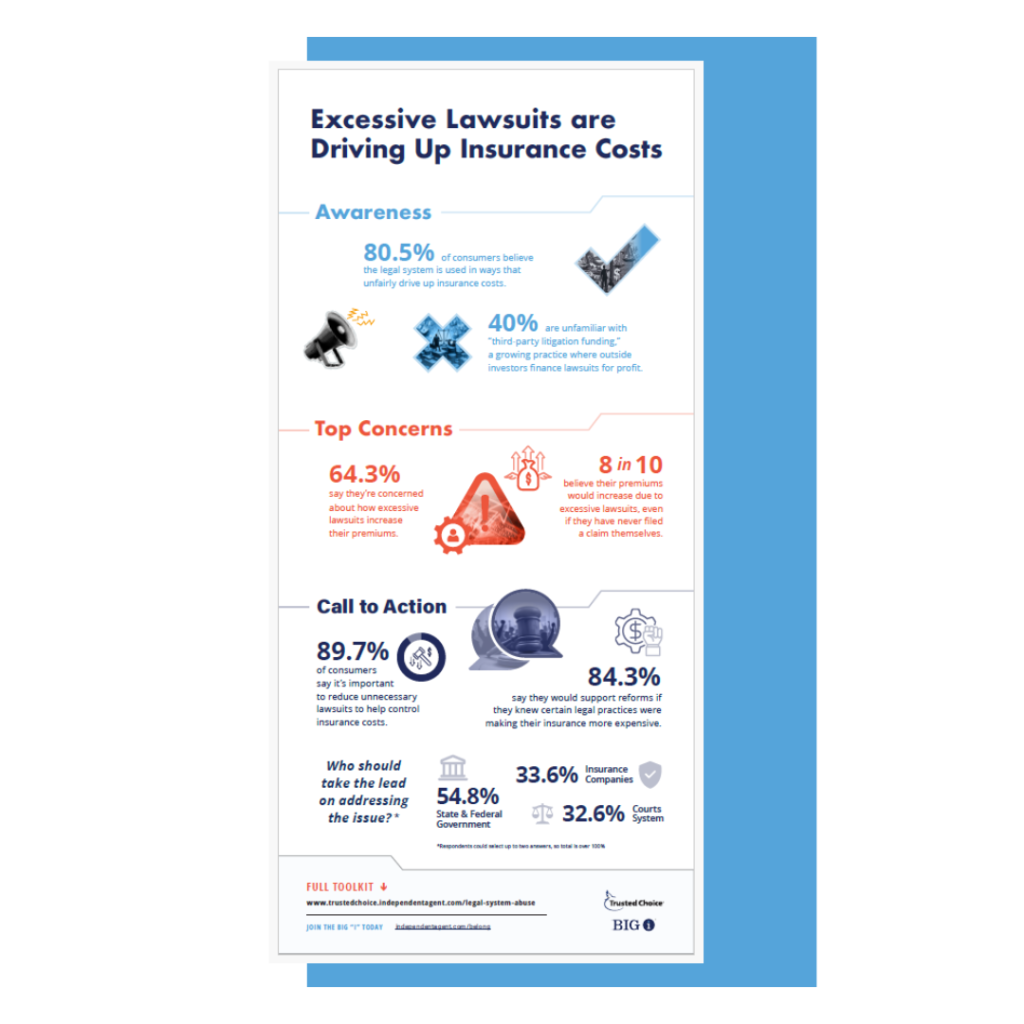“How Much Coverage Do I Need?”
Every professional agent knows to never answer the question, “How much liability coverage do I need?” But even if you don’t overtly answer the question, you may be leading or limiting your client’s choices. Don’t inadvertently make the limits choice for them, or limit the amount of coverage they can purchase.
Author: Chris Boggs Have your prospects or clients ever asked, “How much liability coverage do I need?” You don’t have to answer; I know that if you have been on the agency side more than 15 minutes, you have been asked this question. Do you answer? Do you offer suggestions? Do you have a pithy comeback like, “I don’t know; who do you plan on killing?” I know, you’re all staring at the page saying to yourself, “Come on, Boggs. We all know better than that. I would never answer this question.” Oh yeah? Think back to your last new or renewal commercial general liability presentation, what coverage limits did you offer? Did you stop at $1/$2 million with a $1 million umbrella (or even $3 or $5 million)? More importantly, did you show the insured all the possible options for higher limits? I didn’t ask if you provided a quote for higher limits, only if you made the insured aware that they could get higher limits, even higher than you quote, putting that information in the quote – you know, in writing. I submit that if all you did was show specific limit options, you made a recommendation. Even if you showed optional higher limits, you still made a recommendation up to the maximum you showed. Please don’t misunderstand, I’m not suggesting you put every possible limit available on the quote, but I would recommend a statement reading something similar to, “Limit options shown are representative of the options available; higher limits available if desired.” Have the insured initial this phrase on their and your copy of the proposal. Why should you never “limit” your insured’s options? Because there is always the possibility that no matter what limits they buy, it isn’t going to be enough. A recent incident highlights this point. PCL Construction drove a steel casing through a key underground electrical transmission cable that supplied power to parts of North Carolina’s Outer Banks. Although the Cape Hatteras Electrical Cooperative installed three cables across Oregon Inlet, the steel casing “compromised” the two redundant cables in addition to cutting the one. Residents were without power and vacationers were forced off the islands. Initial state and cooperative official estimates were that the power would be out up to four weeks. Ultimately, power was restored within about 10 days following the damage. Almost immediately following the incident, North Carolina Governor Roy Cooper publicly addressed the incredible loss of income this incident would have on the area. Several news sources quoted small business owners, some stating that four weeks of income loss during the prime tourist season (the last month before school resumes in most areas in and around NC) had the potential to put them out of business. At least three lawsuits were filed within a week of the incident. Months may pass before the total financial effect of this incident is known, including the total number of lawsuits. This is real, folks. This isn’t theory or made up scenarios we use when we explain coverage options to our client. Businesses may cease to exist and employees may lose their jobs because of the negligent act of one party. If your insured cut this cable, would they have enough coverage for the coming lawsuits? “But Boggs, these guys were building a bridge. None of my insureds build bridges. Furthermore, PCL Construction is a large contractor with nearly 15,000 total employees; I don’t deal with accounts that size.” Fair enough. Let’s bring this onto land and talk about accounts similar to what many, if not most, agents deal with regularly – residential or commercial general and trade contractors. Your insured doesn’t have to cut a main power cable to an entire system of barrier islands to quickly burn through $1, $3 or even $5 million of coverage. You insured, an electrical contractor, causes a fire resulting in nearly complete destruction of a strip shopping center one week short of completion. The buildings have to be rebuilt. Not only is the contractor liable for the property damage to the mall, but also the 8 months of lost income suffered by the tenants who were unable to move in and begin operations. Your insured is trenching or grading and cuts a transmission cable resulting in a massive power outage in a two-block area. Restaurants are unable to operate for two days, retail stores close and an elderly man dies because his medical device quits working. In addition, traffic lights malfunction and three accidents occur. How much will your insured have to pay in either situation? It’s hard to guess; but if there is not enough insurance to cover the claims, can you prove you offered your insured higher limits? Or at least made them aware that higher limits were available. Even if you never specifically answer the question, “How much coverage do I need,” the jury could be convinced that you limited the insured’s choices by quoting only a couple limit options without stating, “additional limits are available if desired.” Obviously, we know to never overtly answer the question, “How much liability coverage do I need?” But do we inadvertently answer the question by showing only a few limits options? A big deal should be made about the availability of additional limits. An agent should never be accused of not offering high enough limits. Remember, coverage is never too expensive AFTER the loss (“If they had told me, I would have bought it”). While this article focused on commercial clients, the same warning goes for personal lines clients. Never quote one limit; show the insured the available options, and if additional limits beyond those shown are available – tell them. Most importantly, document all conversations regarding limits suggested, and if insureds reject additonal limits, it’s always best to receive a signed response from the insured that documents that rejection. Originally Published: August 28, 2017 Last Updated: June 18, 2024 _______________________________________________________________________________________________ Copyright © 2024, Big “I” Virtual University. All rights reserved. No part of this material may be used or reproduced in any manner without the prior written permission from Big “I” Virtual University. For further information, contact jamie.behymer@iiaba.net. |









